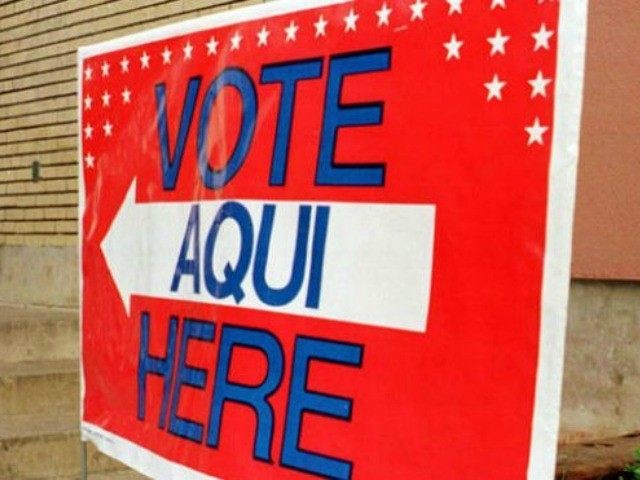In what observers of the U.S. Supreme Court are calling a surprise move, the court on Tuesday agreed to take up a case that will have the justices deciding whether the Constitution requires only the counting of eligible voters when forming state legislative and local political boundary lines. Depending on how the court rules, the result here in California could very well mean the implosion of heavily Latino state legislative districts, as well as reducing the number Latino rich local districts for county supervisor, city council, and school board.
In taking up Evenwel vs. Abbott, a case where plaintiffs lost their appeal to a three-judge panel, the SCOTUS justices will be looking directly at the meaning of phrase, “one man, one vote.”
Without getting too far into the weeds–this is a case in which two Texas State Senators have sued saying that legislative districts should have equal numbers of eligible voters, not an equal number of persons.
Respected political observer Rick Hasen, a law professor at the University of Irvine Law School in Orange County, succinctly summed up the issue at hand on his Election Law Blog:
The question involves whether Texas can draw districts using total population rather than total voters, an issue especially important given non-citizen Latinos living in parts of Texas. The claim is that representatives from these areas with non-citizens get too much moving power. A ruling in favor of the challengers would be a boost for areas with fewer numbers of non-citizens living there.
Bottom line: if the Supreme Court does decide to revisit and clarify the one-person, one-vote doctrine that it established back in the 1960s, and rules that instead of using total population when drawing political boundaries, states should use some subset that could exclude non-citizens, non-adults, and even ex-felons, Americans could see a significant shift of power away from urban areas, in favor of suburban and rural areas–a shift that would make districts a little older and a little whiter.
Clearly this case presents a conflict for conservatives, who would otherwise welcome the political ramifications of changes in districts, because such a ruling, if it came down, would represent a severe legal assault on the notion of local control.
As the justices look to take up this issue in next year’s session of the Supreme Court, one thing is certain: a ruling would not impact the boundaries of any U.S. House seats, as the Constitution specifies that those 435 districts shall be equal in population.
That said, the Court could come down with a very specific ruling, laying out that only actual voters are to be counted for drawing districts, or perhaps all persons in district who are legal residents. The Court could also actually leave the issue for local states to decide. The latter route would certainly invite chaos in certain states–likely the Republican ones, where applying a more restrictive standard would give definitely favor the GOP.
If the Court upturns the proverbial apple cart on this one, look for most of the startling impacts to be in the states along the U.S.-Mexico border: California, Nevada, Arizona, New Mexico and Texas.
It is unclear what kind of a political upheaval would be caused by a decision that so negatively influences the political impact of California’s growing Latino population. One can assume that reaction will be very visible, and loud.
Evenwel vs. Abbott is not the only case the Court is looking at which has the potential of shaking up California’s political scene. As I have written in multiple columns, in the case of Arizona State Legislature v. Arizona Independent Redistricting Commission it is very possible, and some say likely, that the Court will strike down Arizona’s independent redistricting commission.
That could easily lead to the abolishing of California’s commission, established with the passage of Proposition 20 back in 2010. Should that occur, the California legislature would once again have jurisdiction to adopt new Congressional District lines, which would certainly advantage Democrats, who enjoy near super-majority status in both the State Senate and the State Assembly. The court is expected to give a ruling in this case next month–in plenty of time for the Democrats in Sacramento to exercise their restored authority to draw new lines before the 2016 elections.
The Supreme Court under Chief Justice Roberts has been very aggressive in taking up cases surrounding election law issues. In 2013, in a controversial decision in a divided court struck down the heart of the Voting Rights Act.
_____
Jon Fleischman is the Politics Editor of Breitbart California. A longtime participant, observer and chronicler of California politics, Jon is also the publisher at www.flashreport.org. His column appears weekly on this page. You can reach Jon at jfleischman@breitbart.com. He’s on Twitter @flashreport.

COMMENTS
Please let us know if you're having issues with commenting.